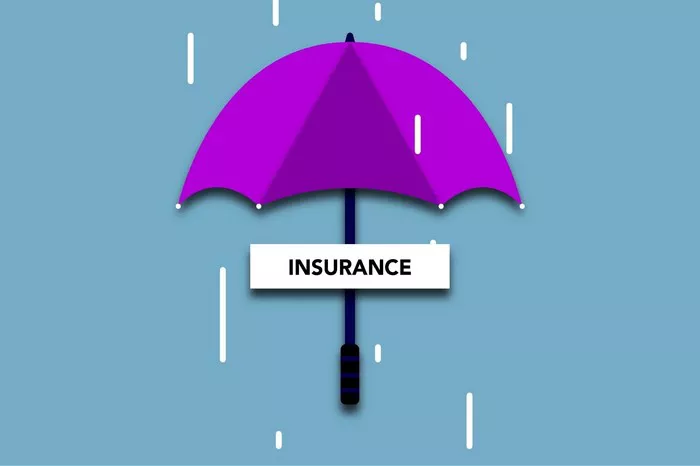Beijing, China – As China’s loan prime rate (LPR) continues its downward trajectory, the insurance sector faces mounting pressure to shift from interest rate-dependent operations to a balanced “three-spread” model—addressing interest rate spreads, risk spreads, and fee spreads—to mitigate profitability challenges.
The Interest Rate Squeeze
With market expectations pointing to further LPR declines in 2025, the insurance industry braces for:
Lower Policy Returns: Predetermined rates for life insurance products may see reduced caps in Q3, diminishing product attractiveness.
Bond Market Pressures – Insurers’ core bond holdings (comprising ~40% of allocations) face shrinking yields as coupon rates track falling interest rates.
Lag Effect: Insurers’ rate adjustments typically trail market movements, exacerbating spread risks during downturns.
The Case for “Three-Spread Balance”
Interest Rate Spreads
Challenge: New bond yields (e.g., 10-year CGBs at ~2.5%) now barely meet liability costs for legacy high-yield policies.
Solution: Dynamic liability management, including product restructuring to link returns to equity/alternative assets.
Risk Spreads
Untapped Potential: P&C and health insurance segments maintain robust underwriting margins (e.g., auto insurance combined ratios at ~97% in 2024).
Opportunity: Expand protection-type products (e.g., parametric climate insurance) to diversify revenue streams.
Fee Spreads
Digital Efficiency: AI-driven claims processing has cut per-policy admin costs by ~15% for early adopters like Ping An.
Strategic Imperatives
Asset-Liability Matching: Shift to shorter-duration bonds and private credit to reduce duration gap risks.
Product Innovation: Develop participating/flexible-premium policies to share investment risks with policyholders.
Regulatory Synergy: Collaborate with PBOC to explore floating-rate life products, mirroring global best practices.
Sector Outlook
“The next 18 months will separate winners from laggards,” said a leading actuary at Swiss Re China. “Insurers embracing fee-based advisory services and alternative investments will outperform those clinging to spread-dependent models.”
By the Numbers:
2.3%: Projected 2025 yield for insurers’ bond portfolios, down from 3.1% in 2023.
$23B: Estimated industry-wide spread losses if rates fall another 50bps without strategic adjustments.
Related Topics:


































